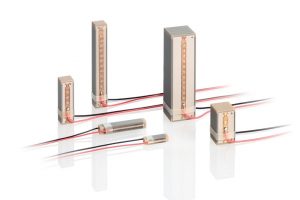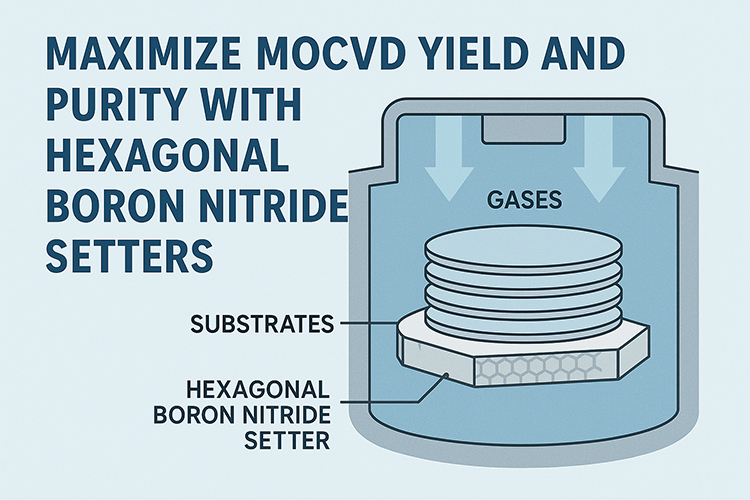How Does the Piezoelectric Ceramic Work in Life?

Since the birth of the first ceramic piezoelectric material barium titanate in 1942, piezoelectric ceramics have been used in all aspects of people's lives. As the link of electromechanical coupling, the application of piezoelectric materials can be divided into two parts: the application of piezoelectric ceramic frequency modulation devices represented by piezoelectric resonators, and the quasi-static application of mechanical energy and energy conversion.
Piezoelectric Vibrators and How It Works

The polarized piezoelectric ceramic, or piezoelectric vibrator, has the inherent vibration frequency determined by its size, and the vibration frequency and piezoelectric effect of piezoelectric vibrators can be used to obtain stable electric oscillation. When the frequency of the applied voltage is the same as that of the natural vibration frequency of the piezoelectric vibrator, the resonance is generated and the amplitude is greatly increased. In this process, the alternating electric field produces the strain by the inverse piezoelectric effect, and the strain generates the current through the positive piezoelectric effect, which realizes the maximum conversion between the electrical energy and the mechanical energy. With the characteristic of the piezoelectric vibrator, various filters, resonators, and other devices can be manufactured. These devices have many advantages, such as low cost, small volume, no moisture absorption, long service life, good frequency stability, the equivalent quality factor is higher than LC filter, applicable wide frequency range, and high precision. In particular, these devices can be used to improve the anti-jamming capability in multi-channel communication, amplitude modulation receiving and various radio communication and measurement instruments. So far, a large part of the electromagnetic oscillator and filter has been replaced, and the trend is still developing.
Piezoelectric Transformer and How It Works
The piezoelectric transformer is made from the energy and mechanical energy of the piezoelectric effect and is composed of two parts, the input and the output end, which are perpendicular to each other. The input end is polarized along the direction of thickness, and the alternating voltage is applied for longitudinal vibration. Due to the inverse piezoelectric effect, the output end will have a high voltage output. The piezoelectric ceramic transformer is a new solid-state electronic device, which is mainly used as AC-DC, DC-DC power devices and high voltage devices, such as liquid crystal display of cold cathode tubes, neon tubes, laser tubes and small X-ray tubes and high-pressure electrostatic spraying, high voltage electrostatic flocking and radar display driver, etc.
Piezoelectric Ultrasonic Motor and How It Works
Piezoelectric transducers rely on the piezoelectric effect and inverse piezoelectric effect to realize the conversion of electric energy and sound energy. The piezoelectric ultrasonic transducer is one of the underwater acoustic devices that transmit and receive ultrasonic waves underwater. In industry, the piezoelectric transducer has been widely used for navigation, ocean water detection, precision measurement, ultrasonic cleaning, solid detection and medical imaging, ultrasonic diagnosis, ultrasonic treatment, etc. Another application of piezoelectric ultrasonic transducers is telemetry and remote control systems, the specific application examples of which are the piezoelectric ceramic buzzer, piezoelectric igniter, ultrasonic microscope, etc.
Conclusion
Thank you for reading our article and we hope it can help you to have a better understanding of how piezoelectric ceramics work in life. For more information about ceramic materials, please visit https://www.preciseceramic.com/.
{{item.content}}
LEVE A REPLY
{{item.children[0].content}}
{{item.content}}
LEAVE A REPLY
SUBSCRIBE OUR NEWSLETTER
- Boron Nitride in Cosmetics: Enhancing Performance and Sensory Appeal
- Maximize MOCVD Yield and Purity with Hexagonal Boron Nitride Setters
- What Are the Advantages and Uses of Boron Nitride Ceramic Sheet?
- The Compression Annealing Advantage for Pyrolytic Boron Nitride
- Beyond Insulation: The Surprising Spectrum of Ceramic Thermal Conductivity











